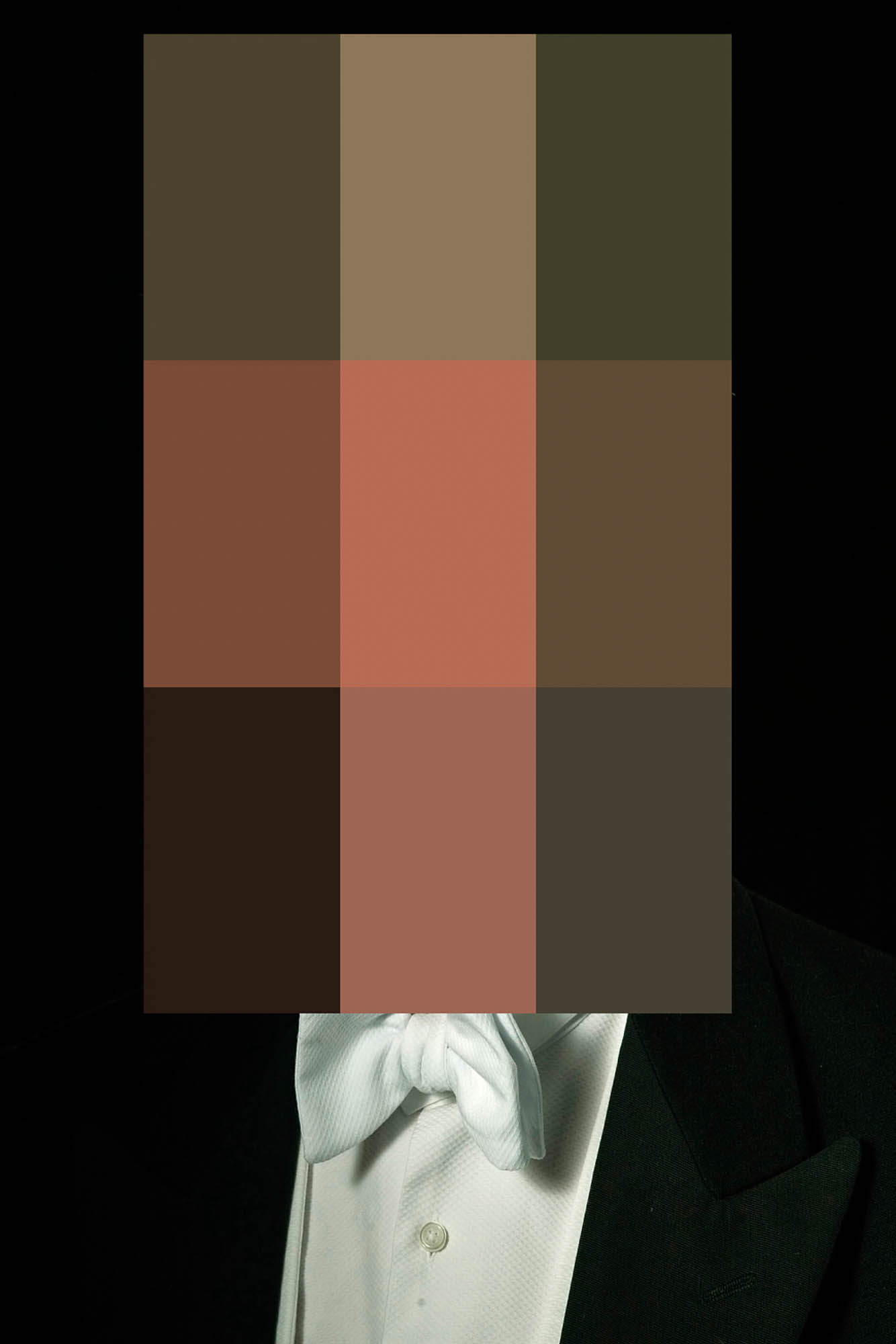


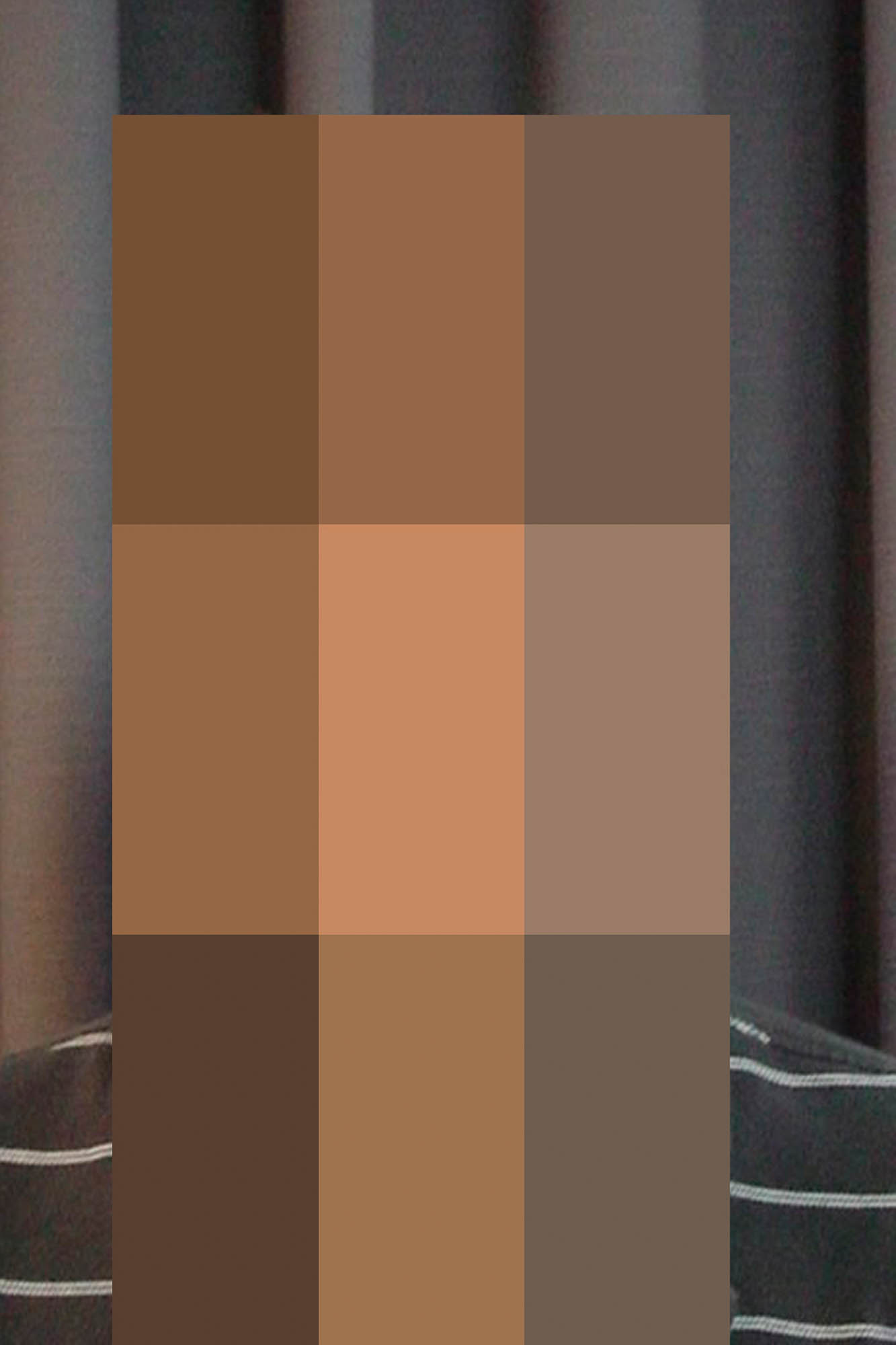
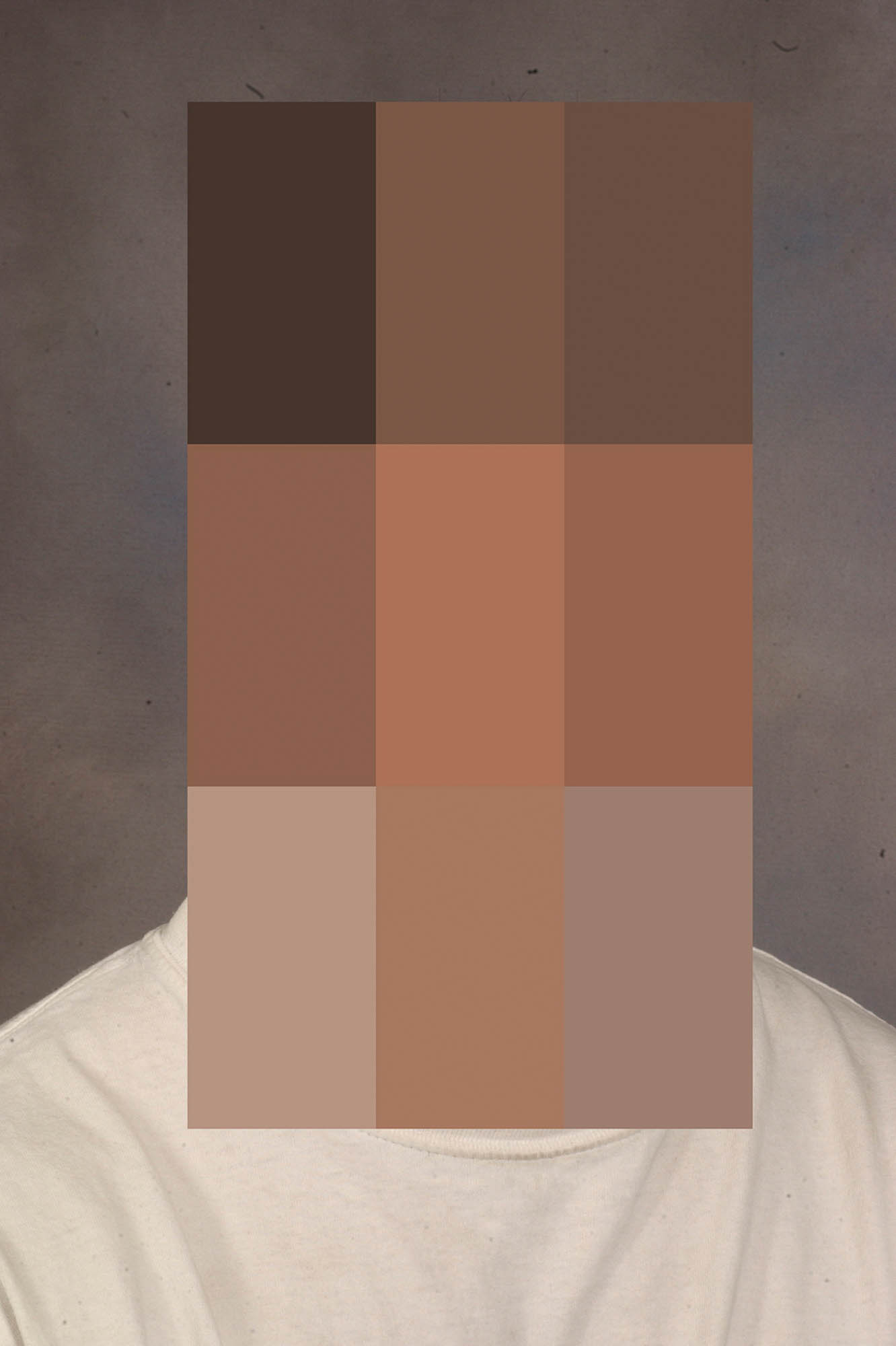


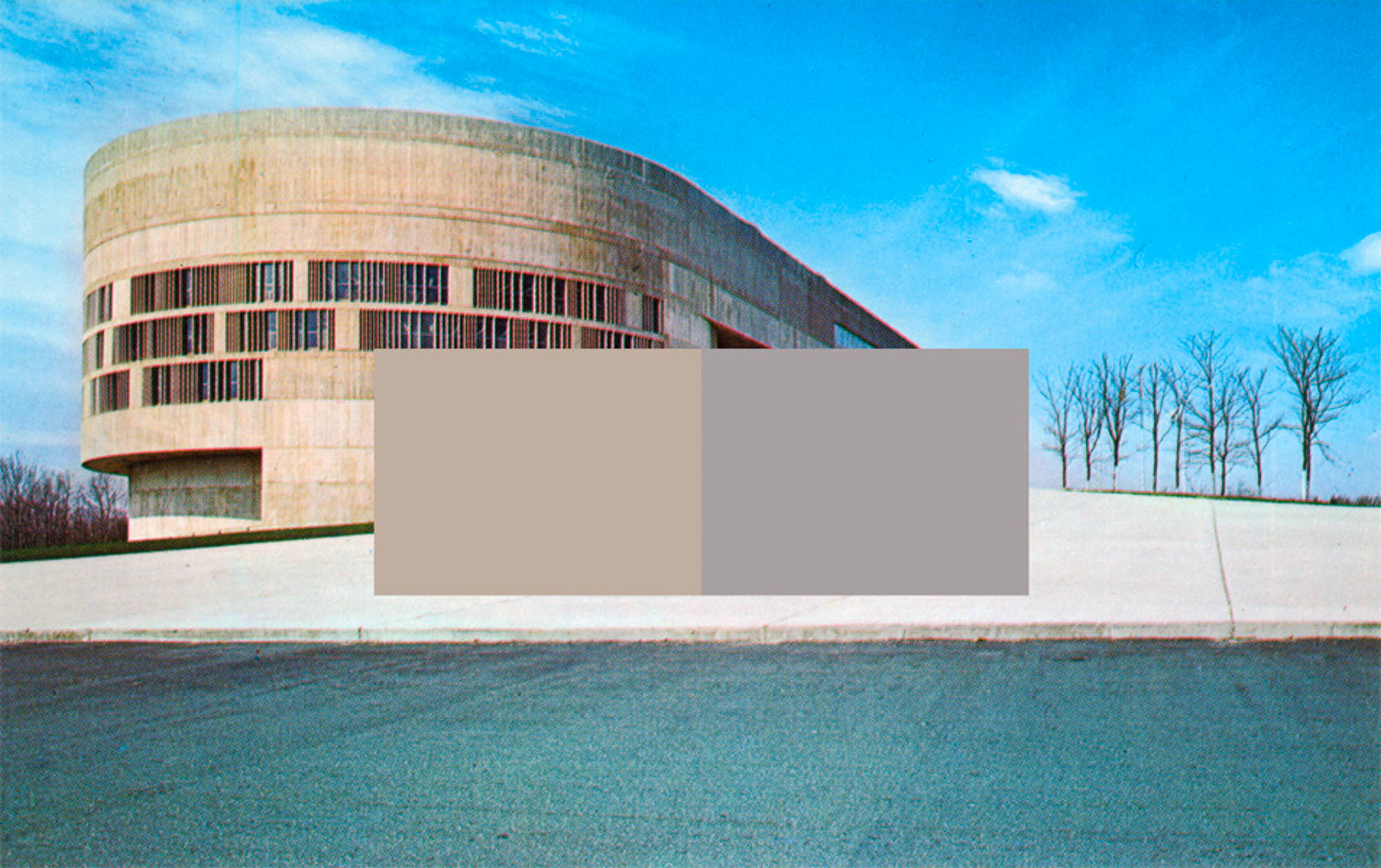
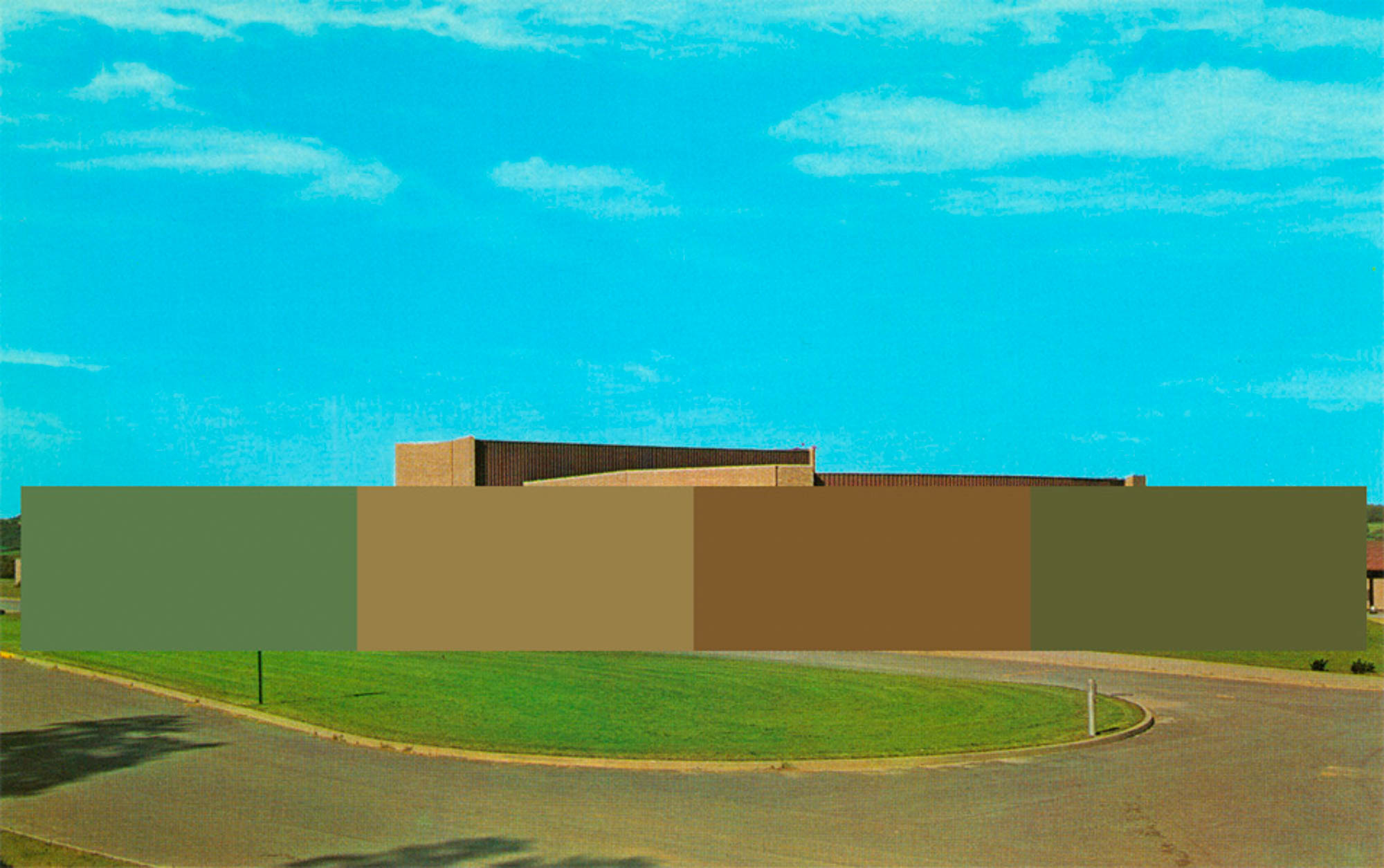

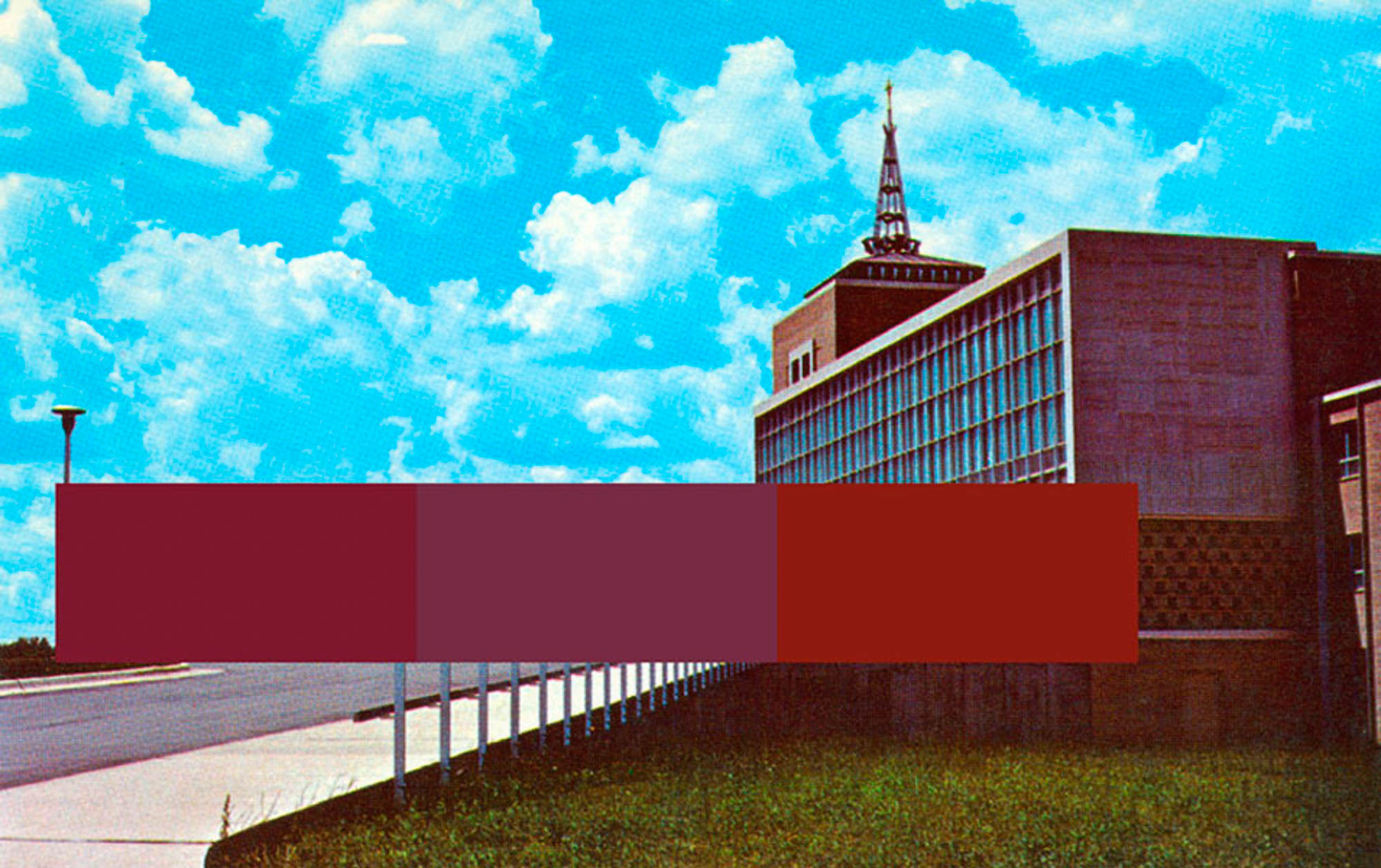
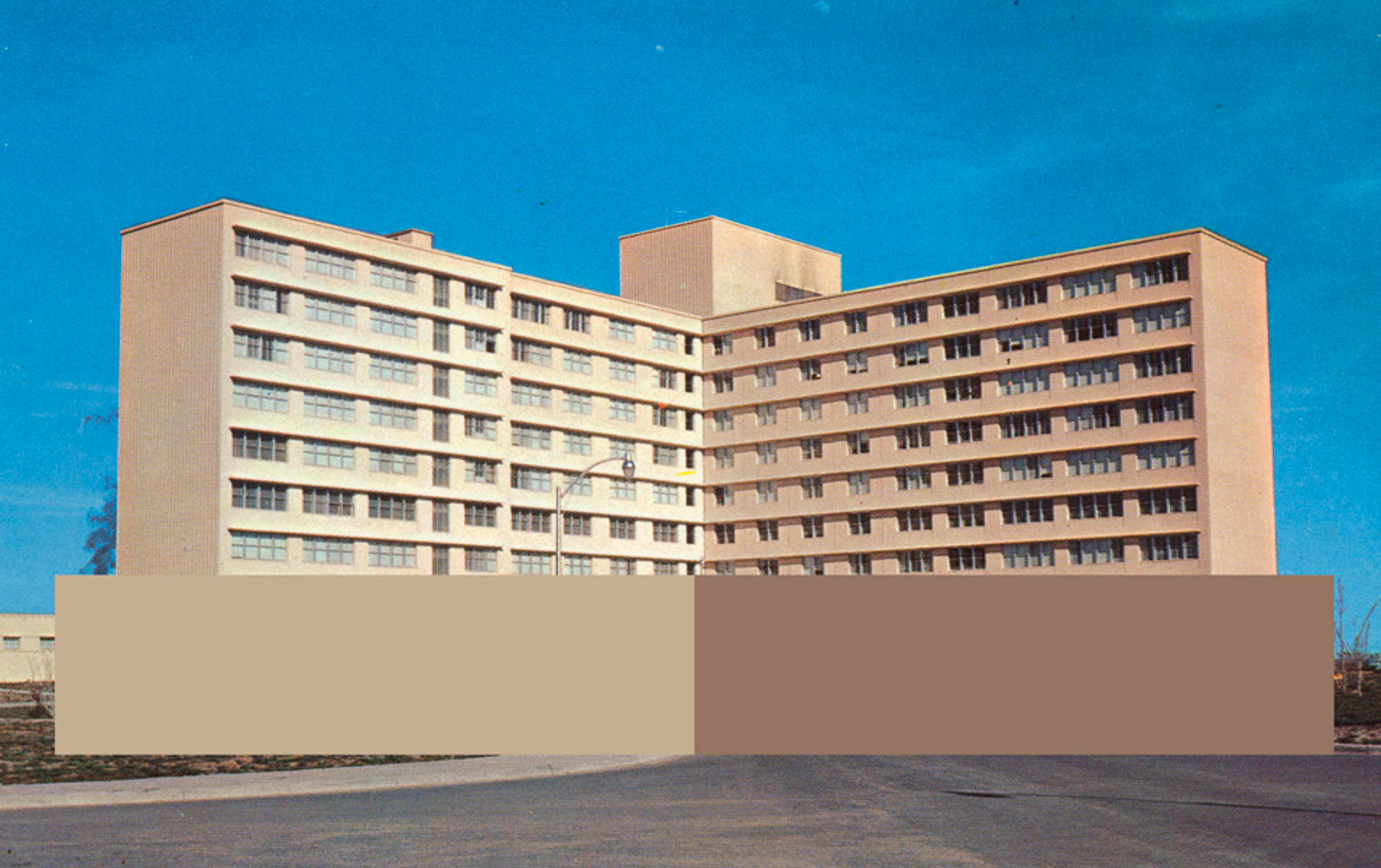
RTR Gallery presents, for the first time in Europe, the solo exhibition of Australian artist Chris FORTESCUE called « Search and Rectify ». in the two presented series – « Reposition Postcards » et « Rectified Searches for Chris, Fog and Road», Chris Fortescue uses vernacular photography– post cards or images found on the Internet – photographic ready-mades.
The series were made between 2006 and 2008. Chris Fortescue relies on 30 years of visual artist work experience to illustrate his thoughts on the proliferation of images on the Internet.
Valerie Kabov, curator for the exhibition :
The two series presented in this exhibition trace an elegant and almost cruel trajectory, which brings us before the fact of frailty of our memory, the pliability of our recollections, the nationality of our identity and cultural self-awareness. They put us a literally before a wall of acknowledging our limitations and ignorance in the very things we feel most confident about – our inner dialogue with memory, belief and knowledge. Provocations through negations – simultaneous elaborations on intimacy and alienation providing for us truly the boundaries of what it means and what it does not mean to be human.
Now you see me, now you don’t …
We live in a world of deliberate fictions facilitated by technology. These fictions help us construct an executive sitting in Austin building a bridge in Shanghai, a tourist in Paris withdrawing cash from his bank in Australia. They enable a TV viewer in Amsterdam to be as familiar with a CNN newsreader from New York as he is with his next-door neighbour.
These fictions are so familiar that we lose the recollection that the voice you hear on the other end of the phone, Skype video or TV screen is not your mother, your lover or a the news-reader, but an electronic vibration. That memory appears as relevant as a faded old photograph of your great-grandparents. If we were blessed to live in a world where history was a conscious a living reality, where collective memory was not reduced to the three days duration of any news controversy, the works of Chris Fortescue would not carry such poignant currency. But we don’t and so they do.
We are greeted with old post-cards, to any European the worn edges provoke an involuntary sweet melancholic reaction for a time long passed, which we can only imagine through the screen of history represented on film. Yet these images present a double challenge to the viewer. The first, Apologist, confronts with the shock of the image of a crowd circling to spectate a man lying on the cobbled pavement in chains with a hood over his head. The faces of the crowd erased through intervention of the artist, to protect the innocent or the guilty?
However, what they reveal is that, the experience and interpretation of the work is entirely and irreparably in the present. Fortescue plays the magician and the obfuscator, haunting us in the image with pre-cognition and the after-image of Abu-Ghraib, the deletion of faces creating a guilt, the deletion of space through enlarged pixilation a creating a secret and a wall. The crowd is innocent – it is a street performer, an escape artist, plying his trade to amuse the city-dwellers in the early 20th century. The crowd is innocent but our perception is not.
The images transform the original postcards' confident hopeful modernism into a more contemporary dystopian vision of control and polarization.
Context and nexus in Fortescue’s work is imperative. At first sight the nexus between, the early antique postcards to the more historically recent totalitarian static architectural postcards is oblique. To the artist the nexus ab initio is physical in the process of obtaining and creating the work – purchased online and obstructed through the virtual new reality of an extra surface extracted from the surface of the image itself. And yet, the true nexus is in the eye of the beholder, it is in the participation of the viewer in creating the narrative of the image, false or true. The artist creates the context and opens the doors of perception by obscuring the visual field. Each artwork, develops in concert between the image, the artist and the viewer and his history. We see things not just with our eyes, but with our memories, associations and experiences, visceral and intellectual arriving neatly at the definition of the conceptual in art.
“It is not about the image, it is about you.”
This line of visual reasoning reaches its natural apogee in “The Chris’s”. Fortescue sourced images simply by putting the word “chris” into Google image search and selected those he felt were particularly compelling to him. He then took a several pixels from the image, enlarged them and super-imposed them on the portrait preventing the viewer from “seeing the face”.
The method can pique interest but equally can obscures the artist’s objective, which is in fact the denouement of the fiction of gaining an insight or creating genuine communication through a mechanically generated and mediated image. As before, the images are provocations for creation of personal narratives sponsored both by the source image and its obstruction. We live in the world of our own manipulated fictions, complicit in the web of truths, half-truths and lies in our world, in our perception, in what we see and how and why we believe it.
“It is not about the image, it is about you.”
